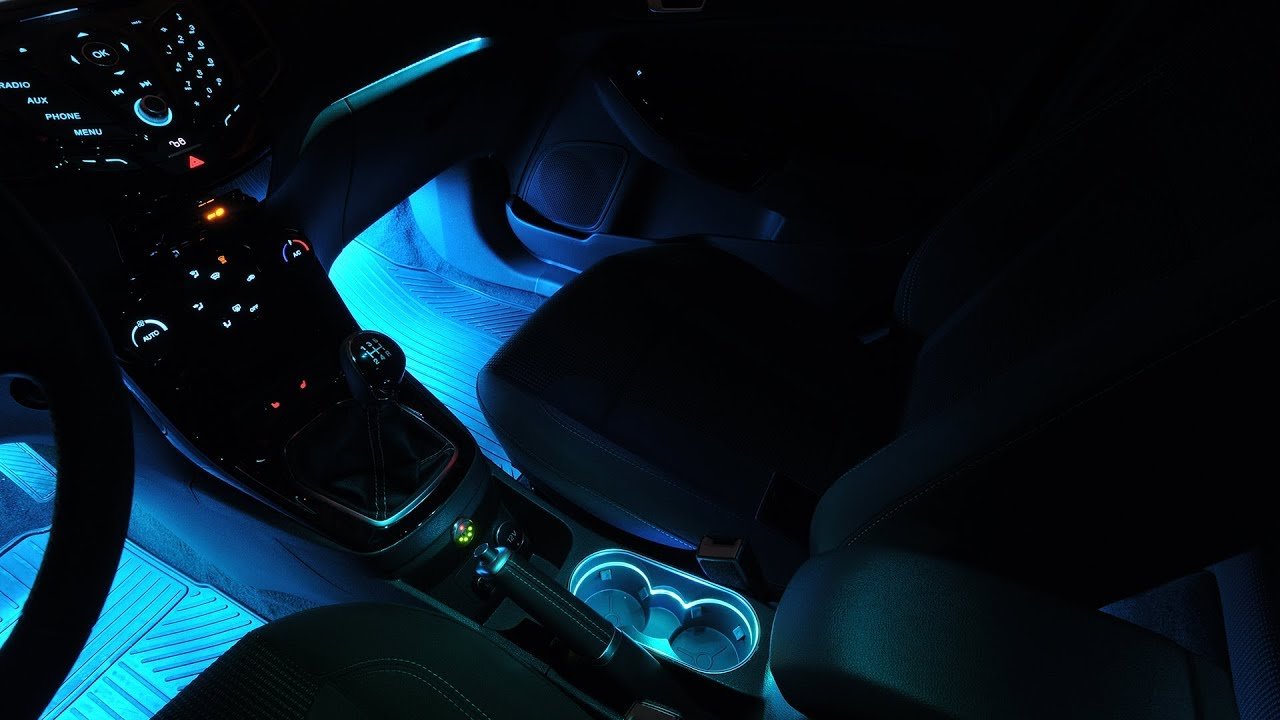Lighting plays a crucial role in setting the mood and functionality of any space. Among the various types of lighting, ambient lighting stands out as the foundational layer that provides overall illumination and establishes the room’s atmosphere. Understanding and implementing ambient lighting effectively can transform your home or office into a welcoming and functional environment.
What is Ambient Lighting?
Ambient lighting, also known as general lighting, is the primary source of light in a space. Its main function is to illuminate the entire room evenly and provide a comfortable level of brightness that allows for everyday activities. Unlike task lighting, which focuses on specific areas for tasks like reading or cooking, ambient lighting is designed to fill the space with a uniform light that ensures visibility and comfort throughout.
Types of Ambient Lighting
Several types of ambient lighting can be used to achieve different effects and styles. Here are some popular options:
Ceiling Fixtures: These are the most common source of ambient lighting and include chandeliers, pendant lights, and flush or semi-flush mount fixtures. Ceiling fixtures come in various styles and sizes, making them versatile for different types of rooms.
Recessed Lighting: Also known as can lights, recessed lighting is installed into the ceiling, creating a sleek and unobtrusive look. It provides a broad distribution of light and is often used in modern and contemporary interiors.
Track Lighting: Track lighting consists of multiple light fixtures mounted on a track that can be adjusted to direct light where needed. While it is often used for task lighting, it can also serve as ambient lighting when spaced appropriately.
Wall Sconces: Wall-mounted fixtures that provide ambient light can add a decorative touch to a room. They are often used in hallways, entryways, or as accent lighting in living spaces.
Floor and Table Lamps: While typically used as task or accent lighting, larger floor lamps and table lamps with a wide shade can also provide effective ambient lighting. They are especially useful in spaces where overhead lighting is not available.
LED Strips: LED strip lights can be installed along ceilings, under cabinets, or behind furniture to provide a soft and even glow. They are highly flexible and can be customized to fit various design needs.
Benefits of Ambient Lighting
Enhances Comfort: Ambient lighting creates a soothing and welcoming environment, reducing glare and harsh shadows that can cause eye strain. It provides a balanced illumination that makes spaces feel more comfortable and inviting.
Improves Functionality: Proper ambient lighting ensures that the entire room is well-lit, making it easier to perform daily tasks. It eliminates the need for additional light sources and helps create a more functional living or working space.
Sets the Mood: The right ambient lighting can set the tone and mood of a room. Warm lighting creates a cozy and relaxing atmosphere, while cool lighting can make a space feel bright and energetic. Adjustable lighting options, like dimmers, allow for customizable mood settings.
Highlights Design Elements: Ambient lighting can complement and enhance the overall design of a space. It can highlight architectural features, artwork, and decorative elements, adding depth and dimension to the room.
Energy Efficiency: Modern ambient lighting solutions, such as LED lights, are energy-efficient and have a longer lifespan compared to traditional incandescent bulbs. This reduces energy consumption and maintenance costs.
Tips for Implementing Ambient Lighting
Layer Your Lighting: Combine different types of ambient lighting to create a balanced and versatile lighting scheme. For example, use a ceiling fixture for general illumination, supplemented by wall sconces or floor lamps for added warmth and depth.
Consider the Room’s Function: Tailor the ambient lighting to the specific function of the room. For example, a living room might benefit from softer, warmer lighting to create a cozy atmosphere, while a kitchen may require brighter, cooler lighting for functionality.
Use Dimmers: Installing dimmer switches allows you to adjust the brightness of your ambient lighting according to the time of day and desired mood. This flexibility enhances the comfort and versatility of your lighting setup.
Choose the Right Bulbs: Select bulbs with the appropriate color temperature for the desired effect. Warm white (2700K) bulbs create a soft, inviting glow, while cool white (4000K) bulbs offer a brighter, more energizing light.
Ensure Even Distribution: Position ambient lighting sources to provide even illumination throughout the room. Avoid placing lights in a way that creates uneven patches of light and dark areas.
Incorporate Natural Light: Whenever possible, make the most of natural light by positioning ambient lighting to complement daylight. Use window treatments that allow light to filter in and enhance the overall brightness of the space.
Conclusion
Ambient lighting is a fundamental aspect of interior design that significantly impacts the functionality and ambiance of a space. By understanding its role and choosing the right types of fixtures and bulbs, you can create a well-lit environment that enhances comfort, improves usability, and sets the perfect mood. Whether you’re designing a new space or updating an existing one, thoughtful implementation of ambient lighting will ensure that your home or office is both stylish and functional.
